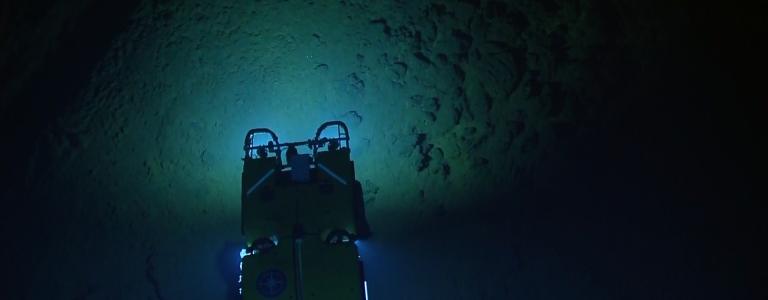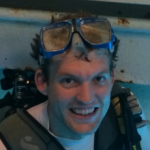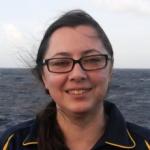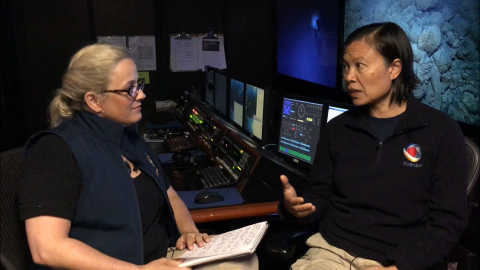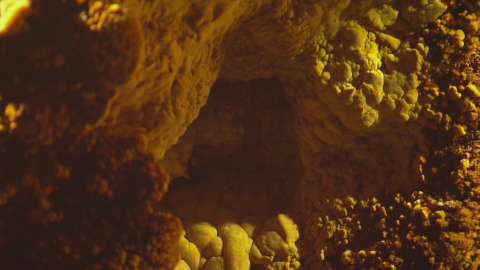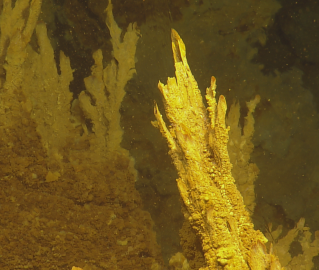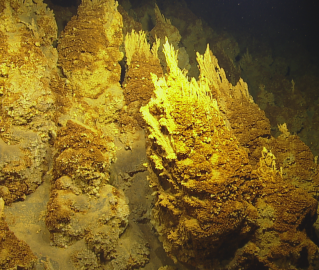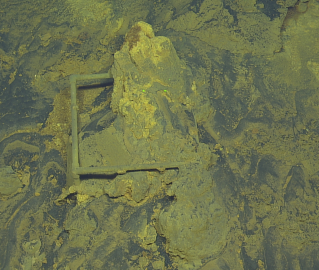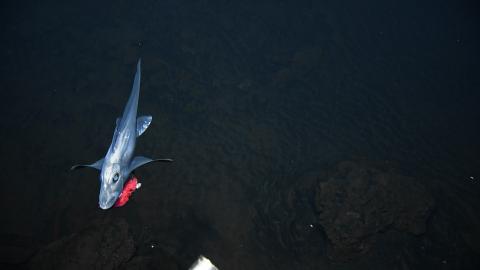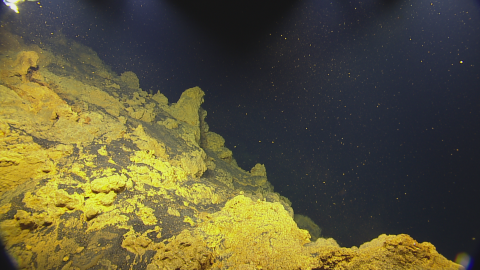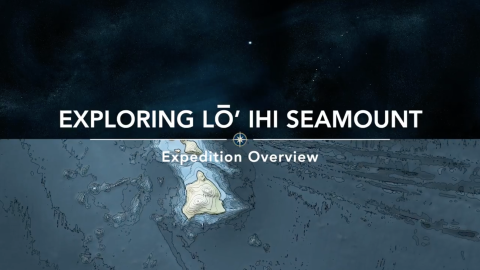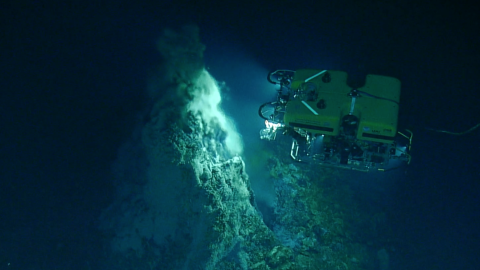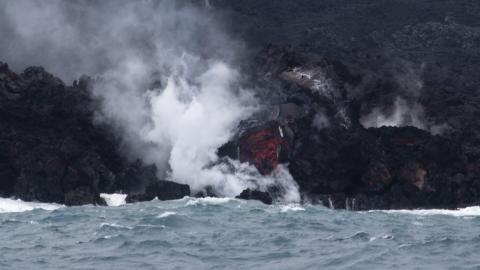This expedition marks the beginning of the multi-year SUBSEA (Systematic Underwater Biogeochemical Science and Exploration Analog) Research Program, a partnership between NASA, NOAA, and various academic centers. Bringing together both ocean and space exploration teams aboard E/V Nautilus, SUBSEA blends ocean exploration with ocean worlds research to address knowledge gaps related to the habitability potential of other planets in our Solar System.
The SUBSEA team will be conducting telerobotic science to observe, survey, gather instrument data, and collect samples from fluid venting locations at isolated seamounts in the deep ocean as analog environments to hydrothermal systems on other ocean worlds, or planets with water. The submarine volcano Kamaʻehuakanaloa (formerly called Lō`ihi Seamount) is part of a volcanic system detached from Earth’s plate tectonic boundaries, with geologic history and current hydrothermal venting that makes it a relevant analog environment to other ocean worlds.
The SUBSEA team will also test approaches and protocols developed to apply ocean exploration techniques to space exploration. Operations will include constraining the telepresence operation onboard Nautilus with artificial low latency, demonstrating an analogous model where an astronaut might guide robots deployed on Mars while in orbit around that world. These operations will significantly contribute to the state of knowledge of methods for productively and safely conducting long duration telerobotic missions with visual observation, instrument data, and sample collection under time delay.
Sponsored by: NOAA Office of Exploration and Research & NASA Science Mission Directorate PSTAR program
